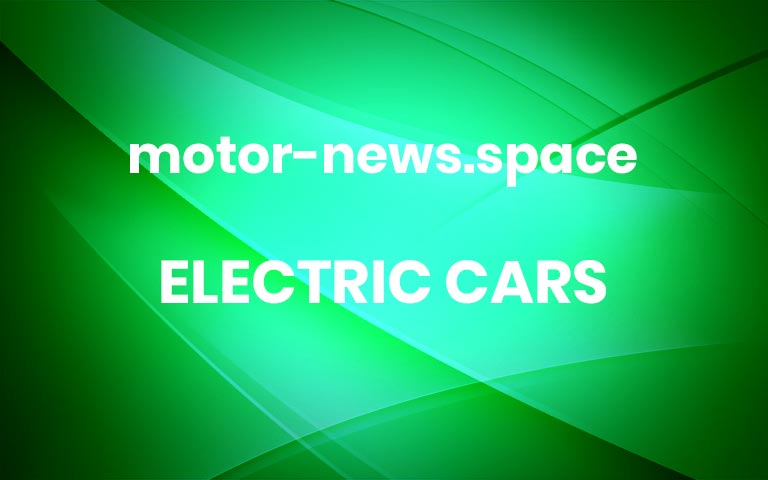Tata Nexon Electric Demand Is As Good As Nexon Diesel Demand
Image – JJ Automobile VlogsTata Motors currently retails two battery-powered cars in the form of Tigor EV and Nexon EV
With electric mobility given a serious push in the country, we are witnessing a rise in demand for electric vehicles. This has further been aided by soaring fuel prices in recent months. On a related note, Tata Motors has revealed that demand for Nexon EV has gained a lot of traction in recent months and is currently on par with its diesel-powered sibling.
This development was confirmed by PB Balaji, Chief Financial Officer, Tata Motors, in an interaction with media during the company’s earnings call. He went on to reveal that the order book for Nexon EV in July 2021 is neck to neck with the diesel variant. Sales of Nexon EV and diesel variants of Nexon are comparable where both iterations of the subcompact SUV are available for sale.
Surge in demand for EVs
In fact, in some states like Maharashtra and Gujarat, sales of battery-powered Nexon have taken over its oil burner counterpart. According to Balaji, the combination of benefits from the revised FAME II policies and various subsidies by different state governments are some of the primary reasons for the favourable demand for EVs. The company’s share of electric vehicles has risen from 0.2 percent two years ago to 3 percent of total sales in June-July 2021.
Tata Motors is hopeful that Nexon EV’s shares will soon account for 5 percent of total passenger vehicle sales of the company. Nexon EV witnessed its highest quarterly sales when Tata was able to sell 1,715 units of the subcompact electric crossover in the April-June quarter. A total of 53,800 cars were sold by Tata Motors during this period.
Tata Nexon Electric
Jubilant by seeing the rise in demand, the homegrown automaker has announced that it will launch as many as ten electric vehicles by 2025. The company has already announced its association with Tata Power in setting up an ecosystem of 400 charging points across the country.
Lower Running Cost of EVs
Another point in favour of electric vehicles is their low running costs. In many states, prices of petrol, and in some cases diesel as well, have surged past Rs 100 per litre in recent times. Hence the industry has witnessed a strong shift towards EVs. For instance, as per industry estimates, the running cost of petrol and diesel cars is about Rs 4-7 per kilometre in Delhi as compared to Rs 1.6-1.7 for CNG cars and Rs 1.47 for electric cars.
Tata Motors is presently in the process of ramping up production capacity for Nexon EV but is constrained by the chip shortage. While share of diesel-powered models across the passenger vehicle segment has shrunk significantly over the past year, Tata Motors currently has no plans to phase out the diesel variant of the Nexon.
In fact, Tata Motors has plans to launch a string of new EVs in India in the coming years. All their new generation cars are built on platforms which are EV compatible. Depending on demand, the company can launch new EVs. Next up planned in the EV space from Tata is most likely Altroz EV followed by HBX EV. More


